Generality
Sorghum, or Sorghum vulgare Pers, is a cereal (therefore a grass) with millenary origins. Its place of origin is probably equatorial Africa, but it is currently widespread in all continents of the globe.

Sorghum is a rather important food raw material, as it ranks fourth in the world agricultural economy after wheat, rice and corn.
There are many varieties of sorghum, with traditional uses and different industrial applications
- Sorghum from sorghum: it is used to make brooms;
- Forage sorghum: the whole plant is used to feed livestock;
- Sugary sorghum: where the stem of the plant is used (sorghum belongs to the same subfamily and tribe as sugar cane);
- Grain sorghum: there are several varieties used, for the production of biofuels, for animal feed, for human consumption, etc.
Sorghum in the Human Nutrition
The grain obtained from the coarse grinding of sorghum can be destined for animal or human nutrition, through bread making.
The grain of sorghum for human consumption is part of the history of humanity, but in more recent times it has been supplanted by cereal crops considered more profitable.
Remained in vogue in some poor areas of the planet (from North Africa to India), the cultivation of sorghum has recently been re-evaluated for the absence of gluten, which makes it suitable for the diet of celiacs.
In the United States of America, sorghum is used in fermentation for the production of beer, while in Italy its cultivation is of almost irrelevant importance. The Sorghum angolib instead, it is a typically sweet variety of sorghum useful for the production of molasses and sugar.

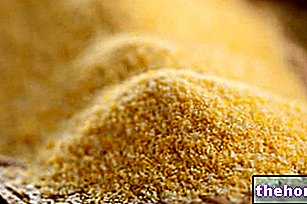
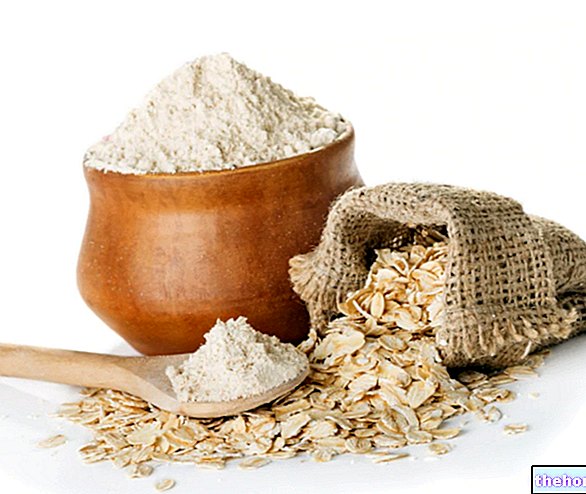
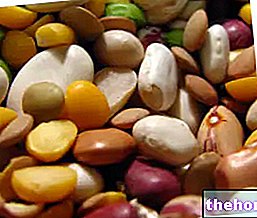
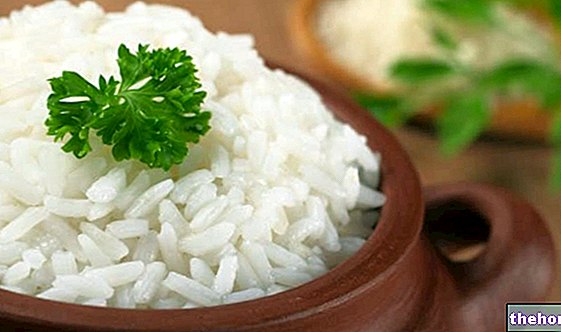
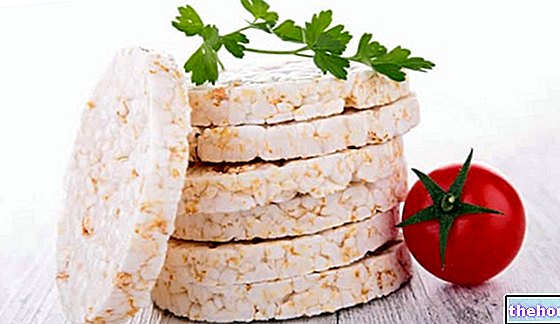
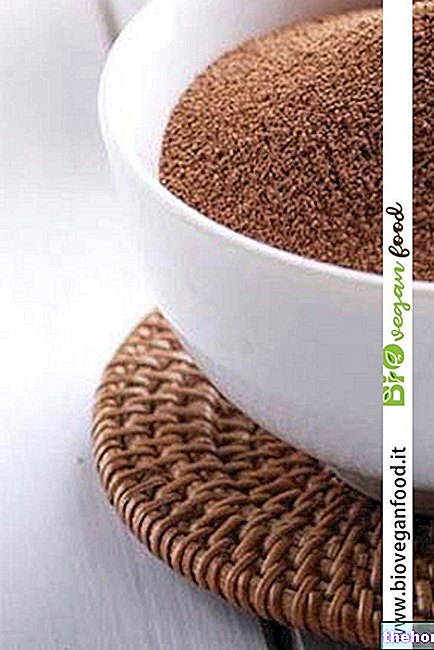









.jpg)











